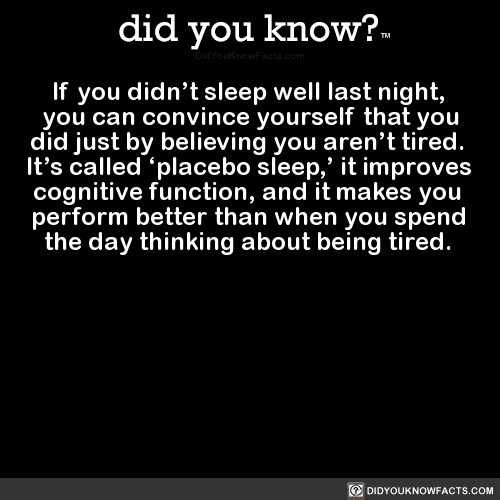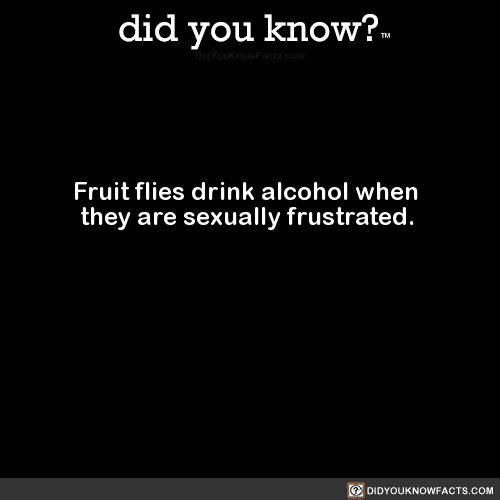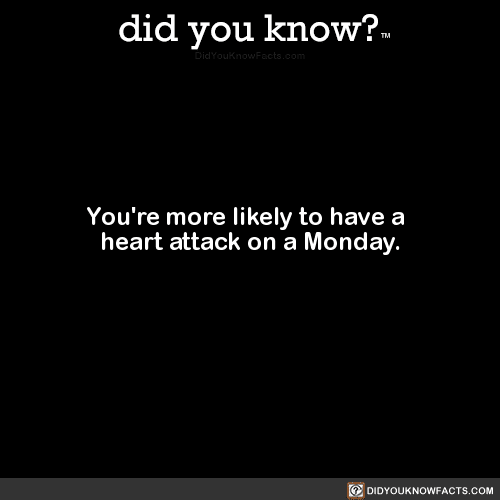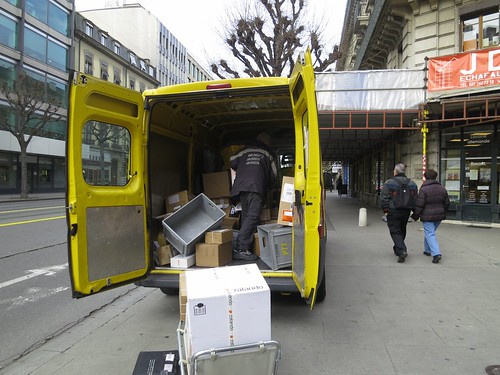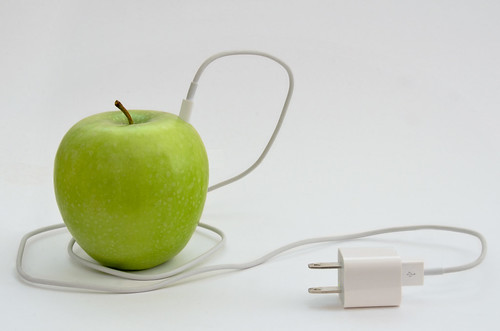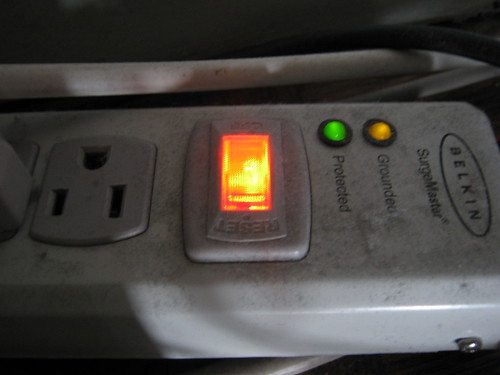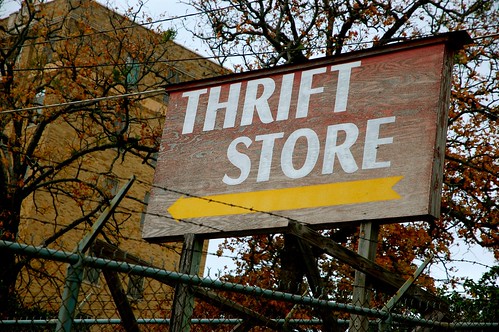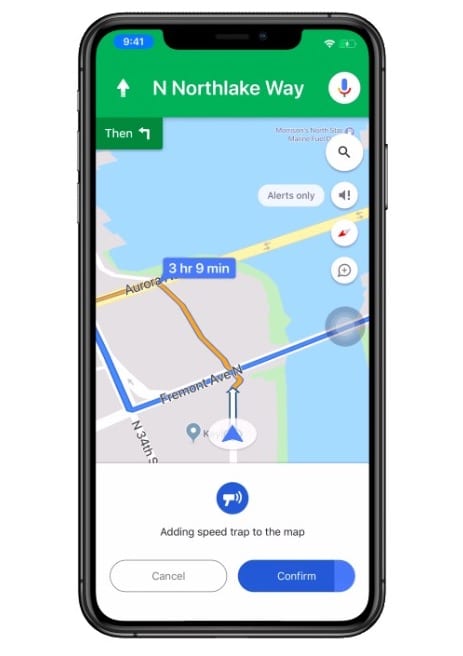Are you listening? Good.
A carbon dioxide filtering device that can capture carbon dioxide from the air at just 400 parts per million has been hailed as a “revolutionary” instrument for tackling our climate crisis.
Sahag Voskian and T. Alan Hatton, chemical engineers at MIT, developed the method, which captures CO2 by passing air through special charged plates.
Carbon dioxide from the gas intake reacts with the electrodes in the device. Each electrode is coated with a carbon nanotubes and a polyanthraquinone compound. The device acts sort of like a battery, and as it charges, it absorbs carbon dioxide passing over the electrodes. As it discharges, it releases the greenhouse gas it has collected.
The carbon dioxide it releases during the discharge can be recycled to feed greenhouse plants, or even used in carbonated beverages.
Dr. Voskian said, “All of this is at ambient conditions — there’s no need for thermal, pressure, or chemical input. It’s just these very thin sheets, with both surfaces active, that can be stacked in a box and connected to a source of electricity.”
The biggest advantage to this way of filtering is the low energy cost: one gigajoule of energy for every ton of carbon dioxide captured. Compare that to the 1-10 gigajoules (depending on the concentration of CO2 taken in) used by alternative methods. Plus, if to expand the systems capacity, they only need to add more electrodes!

Photo Credit: Wikipedia
The study describing the new system was published in the journal Energy and Environmental Science.
The scientists have even created a company called Verdox that plans to build a plant to scale the process up for commercial use.
Cleaner air with lower energy. There’s a real future for that.
The post This “Revolutionary” New Air Filtering Device Might Be a Big Deal in the Fight Against Climate Change appeared first on UberFacts.
 Welcome to the Hunger for Words community! I’m THRILLED you’re here! I feel completely honored by this outpouring of enthusiasm and inspiration
Welcome to the Hunger for Words community! I’m THRILLED you’re here! I feel completely honored by this outpouring of enthusiasm and inspiration 

 ) • I hope you all have a great day!
) • I hope you all have a great day!
 • • • • • #hunger4words #stellathetalkingdog #slpsofinstagram #speechtherapy #AAC #ashaigers #slp #corewords #SLPeeps #slp2be #earlyintervention #languagedevelopment #dogsofinstagram #dogmom #doglife #dogs #guarddog #animalpsychology #doglover #dogvideos #sandiegodog #catahoula #blueheeler #smartdog #dogcommunication #mydogtalks #animalcommunication #interspeciescommunication #loveanimals
• • • • • #hunger4words #stellathetalkingdog #slpsofinstagram #speechtherapy #AAC #ashaigers #slp #corewords #SLPeeps #slp2be #earlyintervention #languagedevelopment #dogsofinstagram #dogmom #doglife #dogs #guarddog #animalpsychology #doglover #dogvideos #sandiegodog #catahoula #blueheeler #smartdog #dogcommunication #mydogtalks #animalcommunication #interspeciescommunication #loveanimals Last night after coming inside, Stella said “Come eat come play.” I was pretty sure she meant that she wanted to eat dinner then play, but I asked, “Do you want to eat or play?” to clarify. • Stella licked her lips, paused, and responded, “Want come eat.” After Stella ate, she immediately dove at her toy and started playing. • AHHH! This is amazing for so many reasons! Stella told me a sequence of two things she wanted to do. Then, I asked her a question containing two options, and she answered with a short phrase confirming her original message! Stella even expanded her own phrase from “Come eat ” to “Want come eat.” The speech therapist side of me is completely amazed, and the dog mom side of me is incredibly proud. Yay, Stella!! • • • • • #hunger4words #stellathetalkingdog #proud #slpsofinstagram #speechtherapy #AAC #ashaigers #slp #corewords #SLPeeps #slp2be #aacawarenessmonth #earlyintervention #languagedevelopment #dogsofinstagram #dogmom #doglife #dogs #animalpsychology #doglover #dogvideos #sandiegodog #catahoula #blueheeler #smartdog #dogcommunication #mydogtalks #animalcommunication #interspeciescommunication #loveanimals
Last night after coming inside, Stella said “Come eat come play.” I was pretty sure she meant that she wanted to eat dinner then play, but I asked, “Do you want to eat or play?” to clarify. • Stella licked her lips, paused, and responded, “Want come eat.” After Stella ate, she immediately dove at her toy and started playing. • AHHH! This is amazing for so many reasons! Stella told me a sequence of two things she wanted to do. Then, I asked her a question containing two options, and she answered with a short phrase confirming her original message! Stella even expanded her own phrase from “Come eat ” to “Want come eat.” The speech therapist side of me is completely amazed, and the dog mom side of me is incredibly proud. Yay, Stella!! • • • • • #hunger4words #stellathetalkingdog #proud #slpsofinstagram #speechtherapy #AAC #ashaigers #slp #corewords #SLPeeps #slp2be #aacawarenessmonth #earlyintervention #languagedevelopment #dogsofinstagram #dogmom #doglife #dogs #animalpsychology #doglover #dogvideos #sandiegodog #catahoula #blueheeler #smartdog #dogcommunication #mydogtalks #animalcommunication #interspeciescommunication #loveanimals


 カレーステーション ナイアガラ #TimeOutTokyo
カレーステーション ナイアガラ #TimeOutTokyo

 . The most fun at HEP 5 in Umeda with my cousin Rio (@sethandrio) ありがとう
. The most fun at HEP 5 in Umeda with my cousin Rio (@sethandrio) ありがとう . #purikura #purikuraphoto #purikurastyle #hep5 #umeda #osaka #kawaii #japan #japantravel #travelblogger #hapa #hafu #selca
. #purikura #purikuraphoto #purikurastyle #hep5 #umeda #osaka #kawaii #japan #japantravel #travelblogger #hapa #hafu #selca : Afuri 라면편
: Afuri 라면편
 . . . . #japan #tokyo #subway #tokyosubway #metro #tokyometro #train #rushour #emptytrain #pace #none #empty #clean #minimal
. . . . #japan #tokyo #subway #tokyosubway #metro #tokyometro #train #rushour #emptytrain #pace #none #empty #clean #minimal . finally my chance to try it out! Other than the white cream, they also put some milky sweet sauce with the strawberries. #fov_tokyo
. finally my chance to try it out! Other than the white cream, they also put some milky sweet sauce with the strawberries. #fov_tokyo



